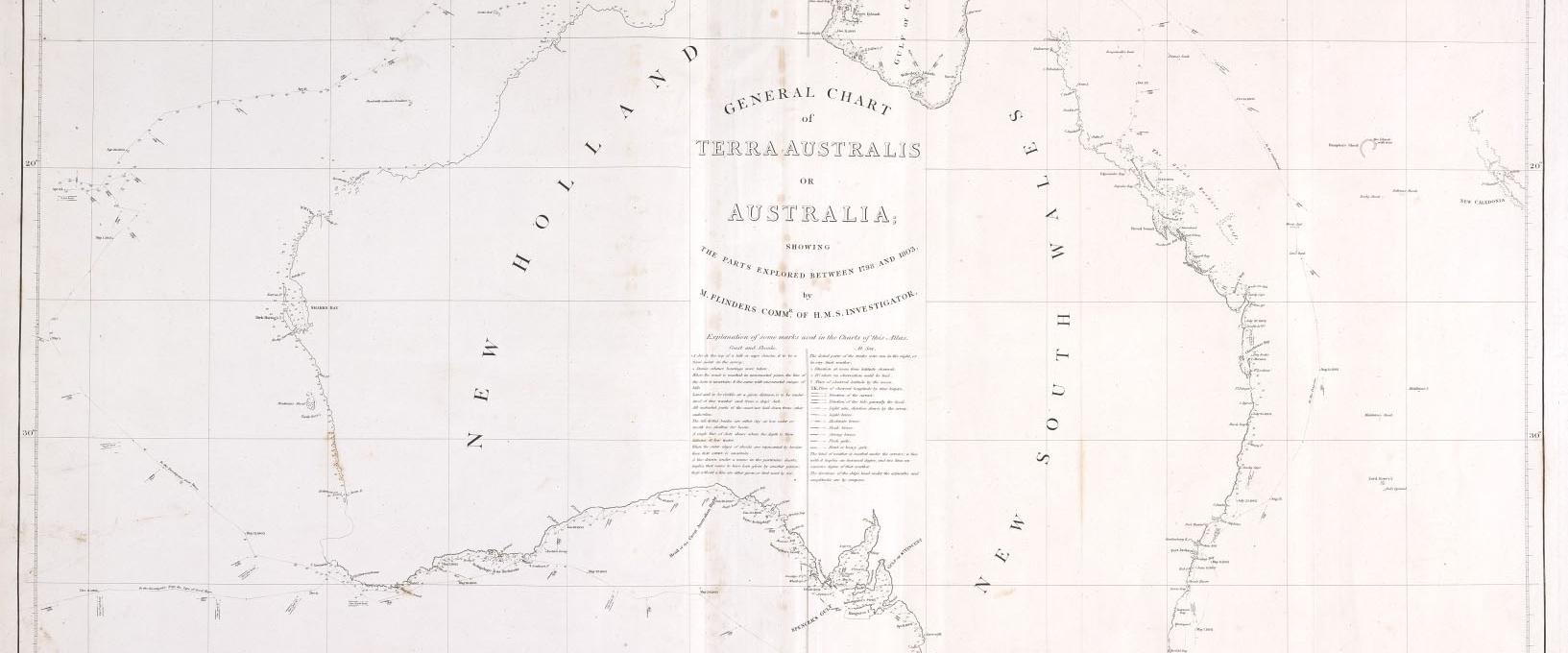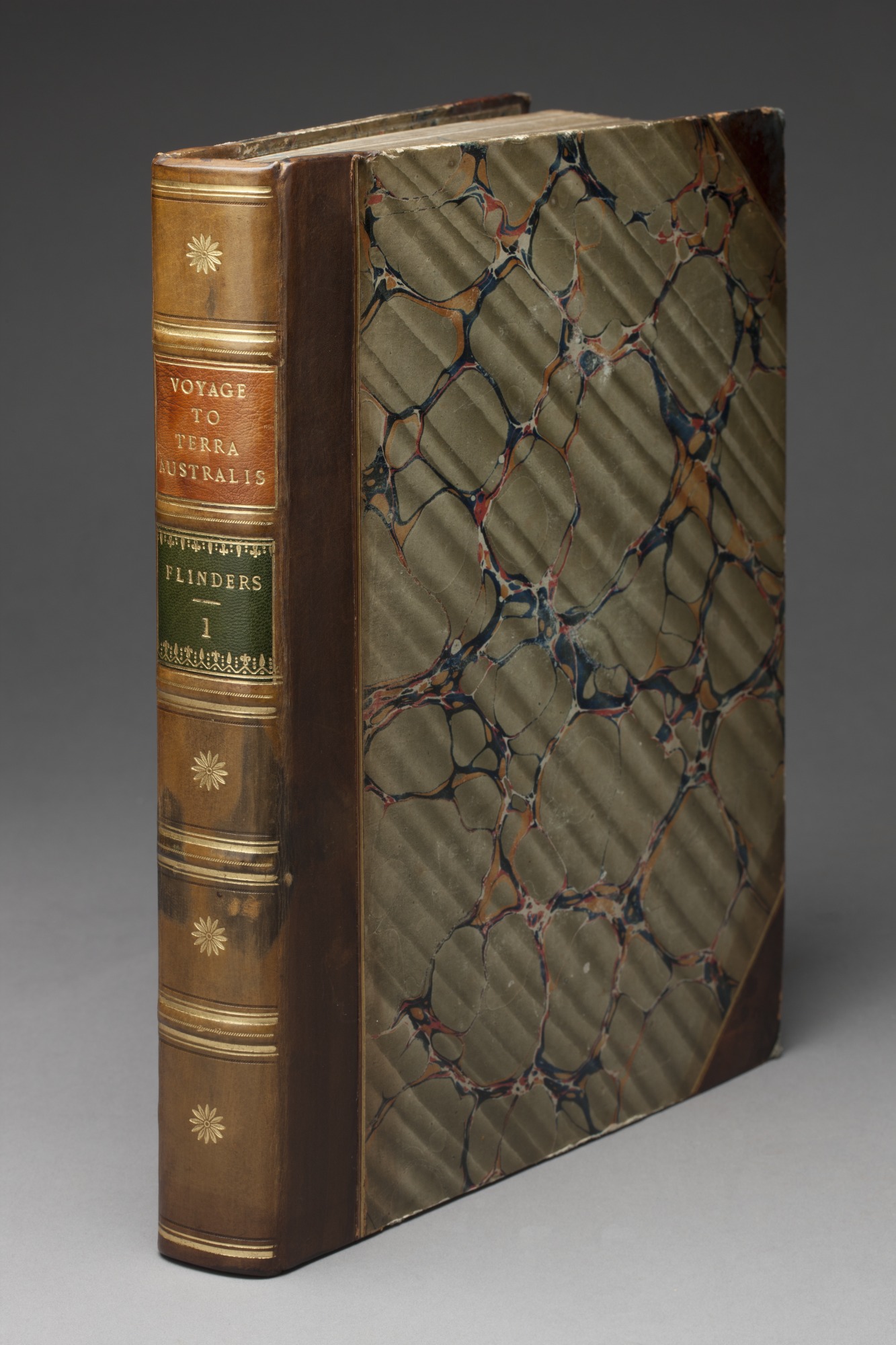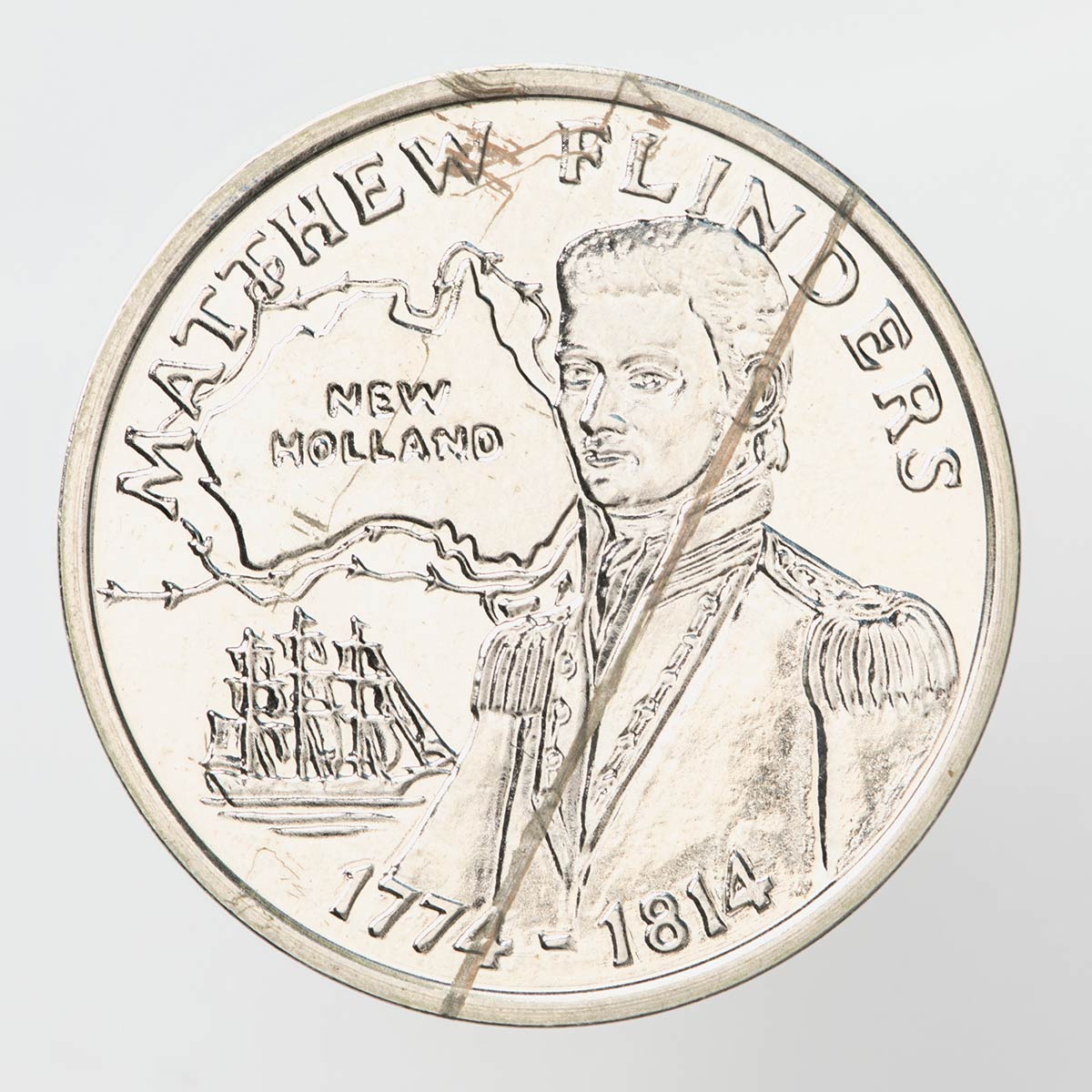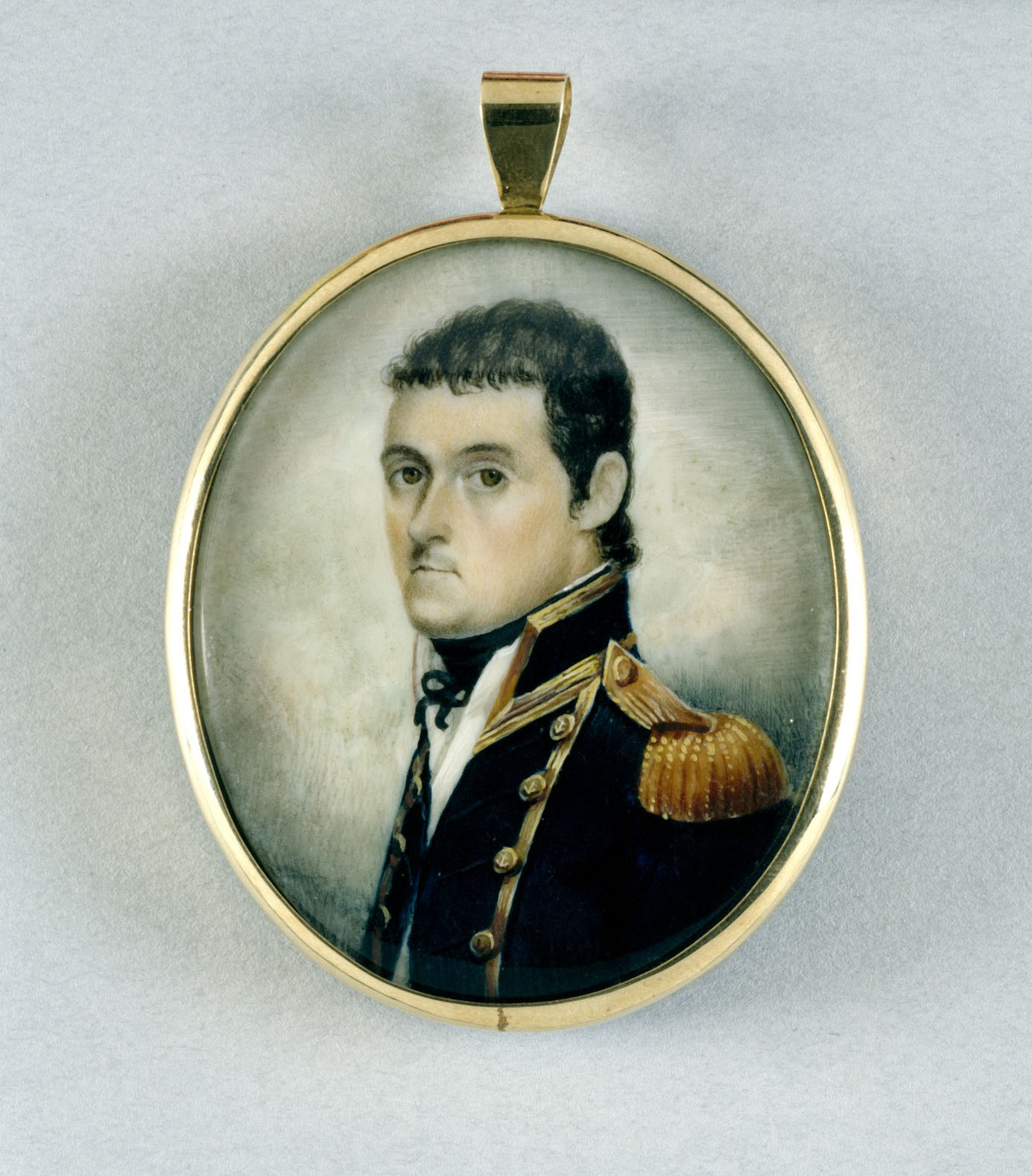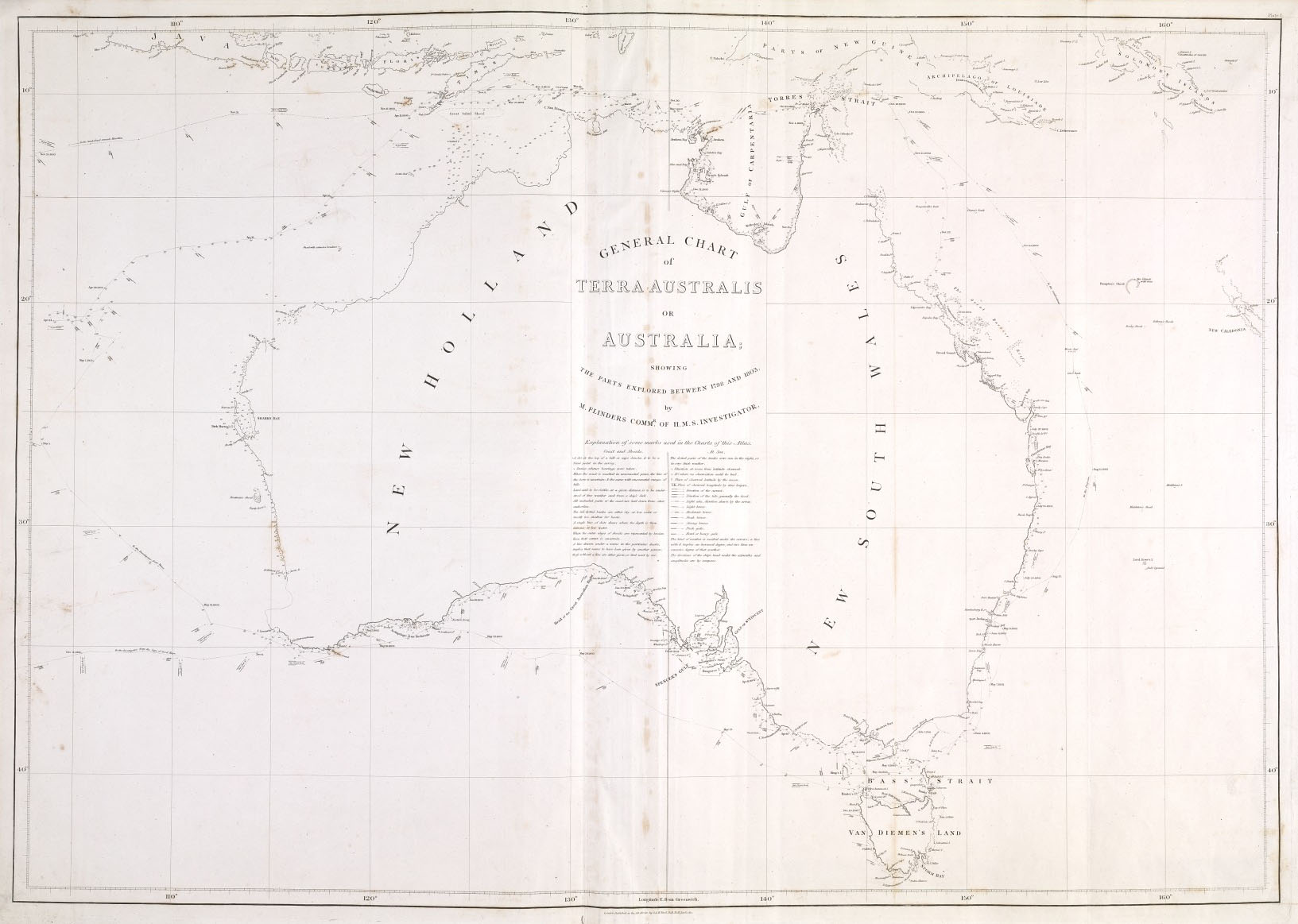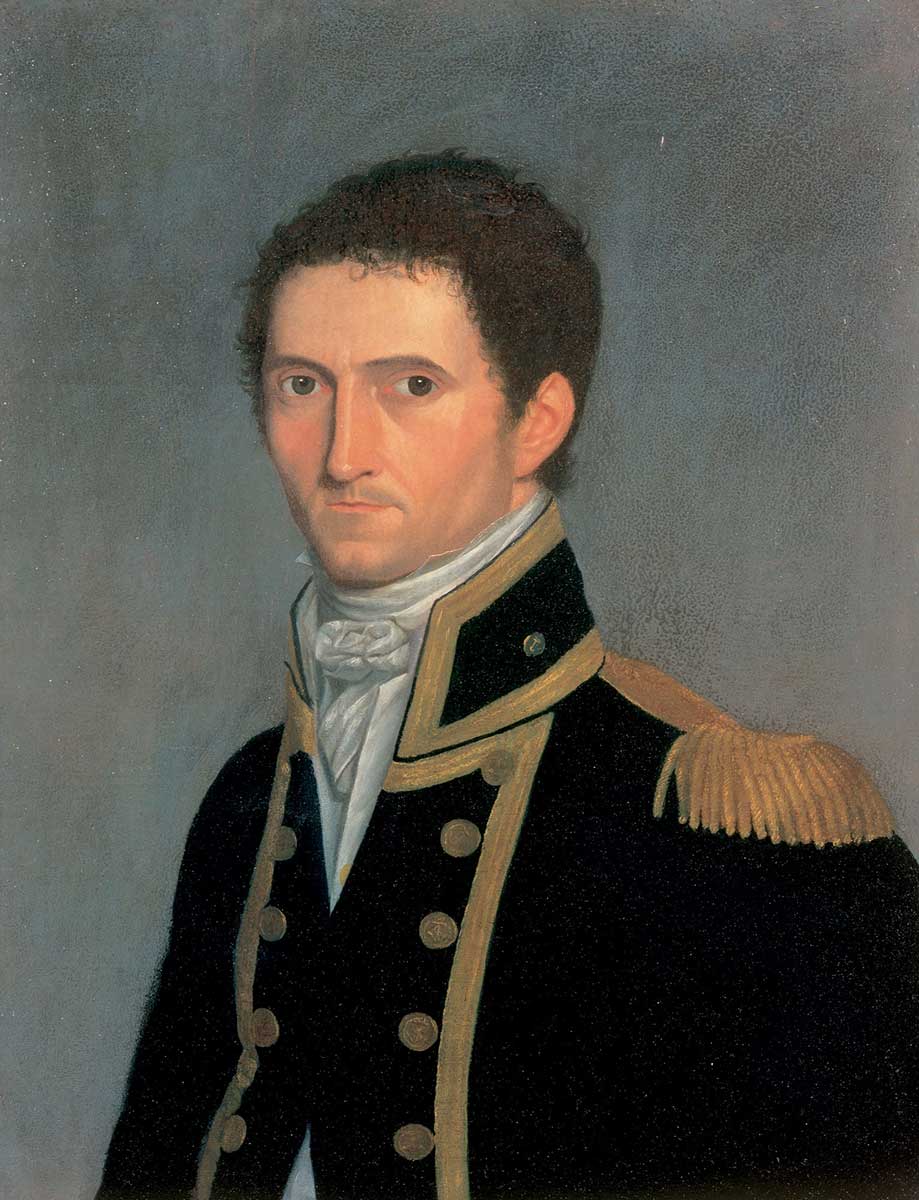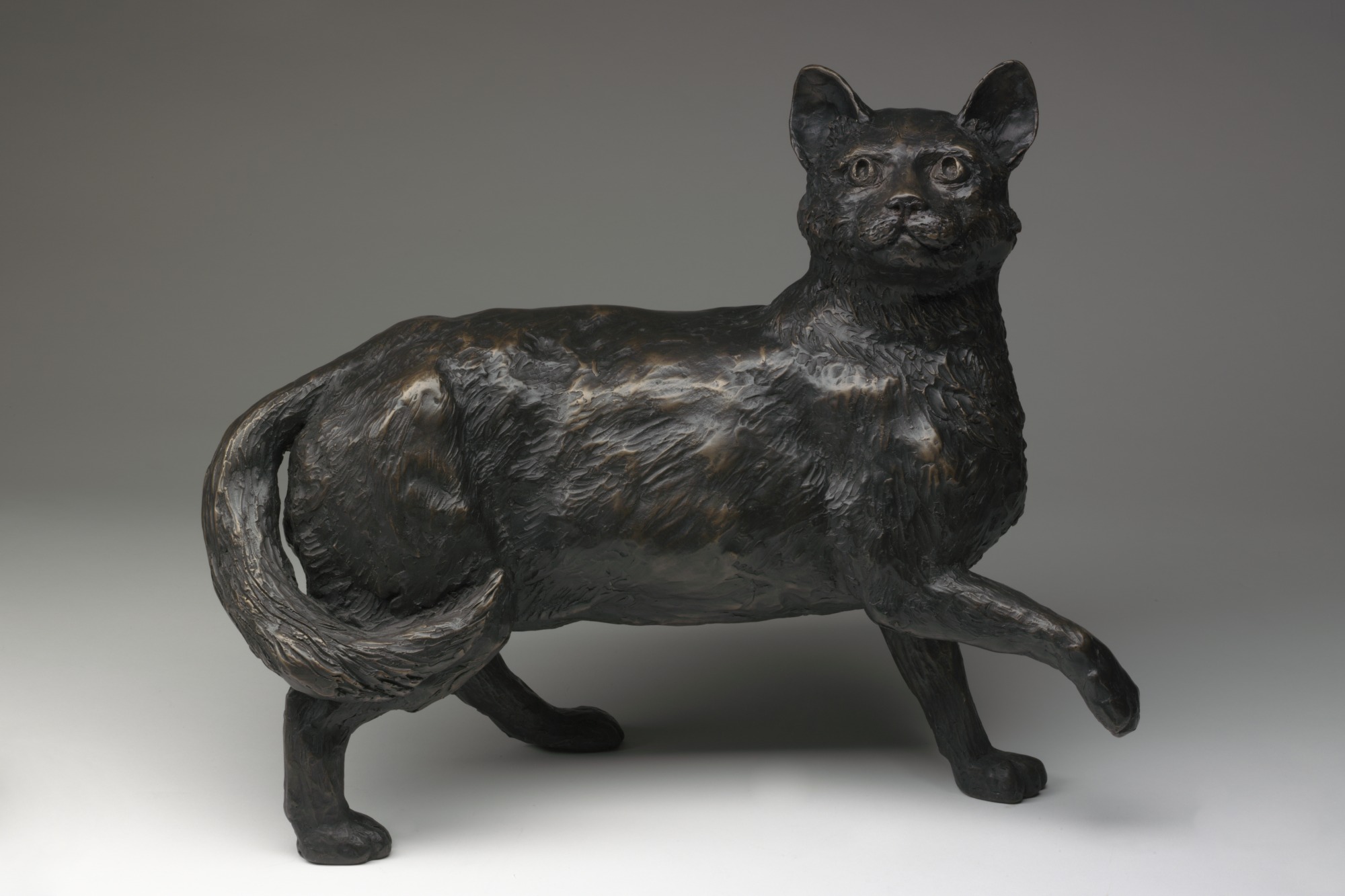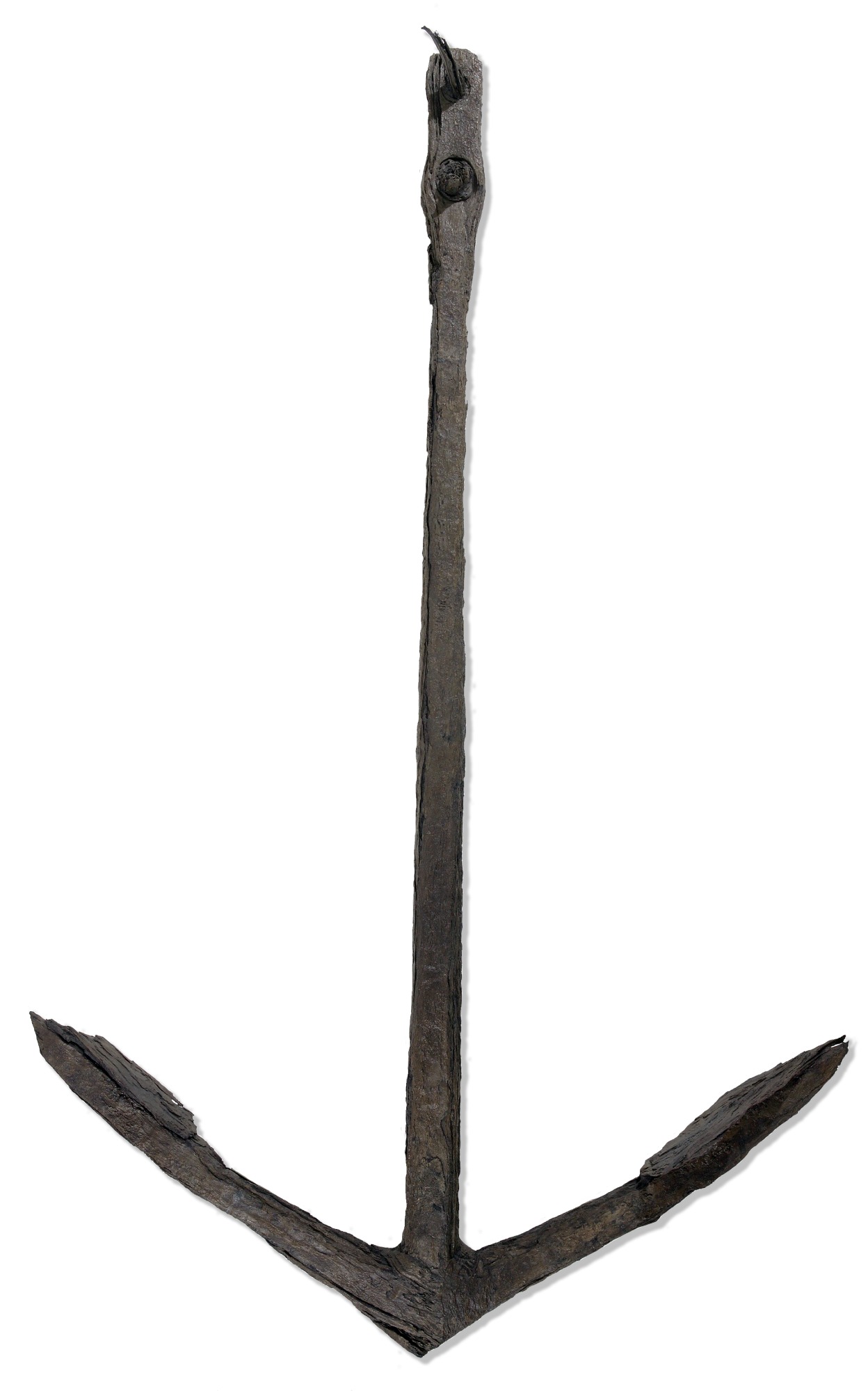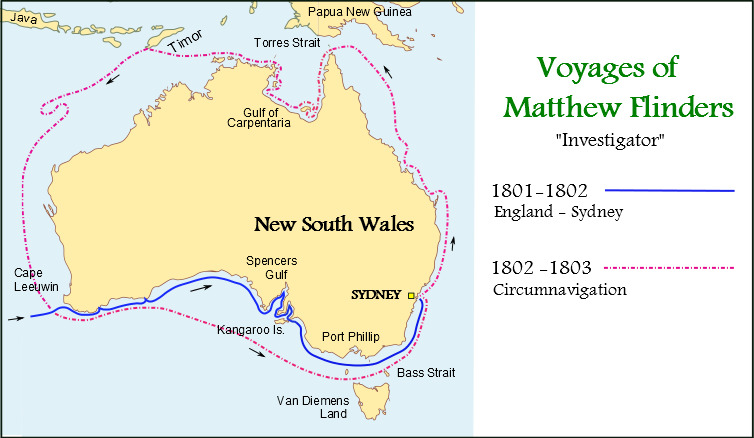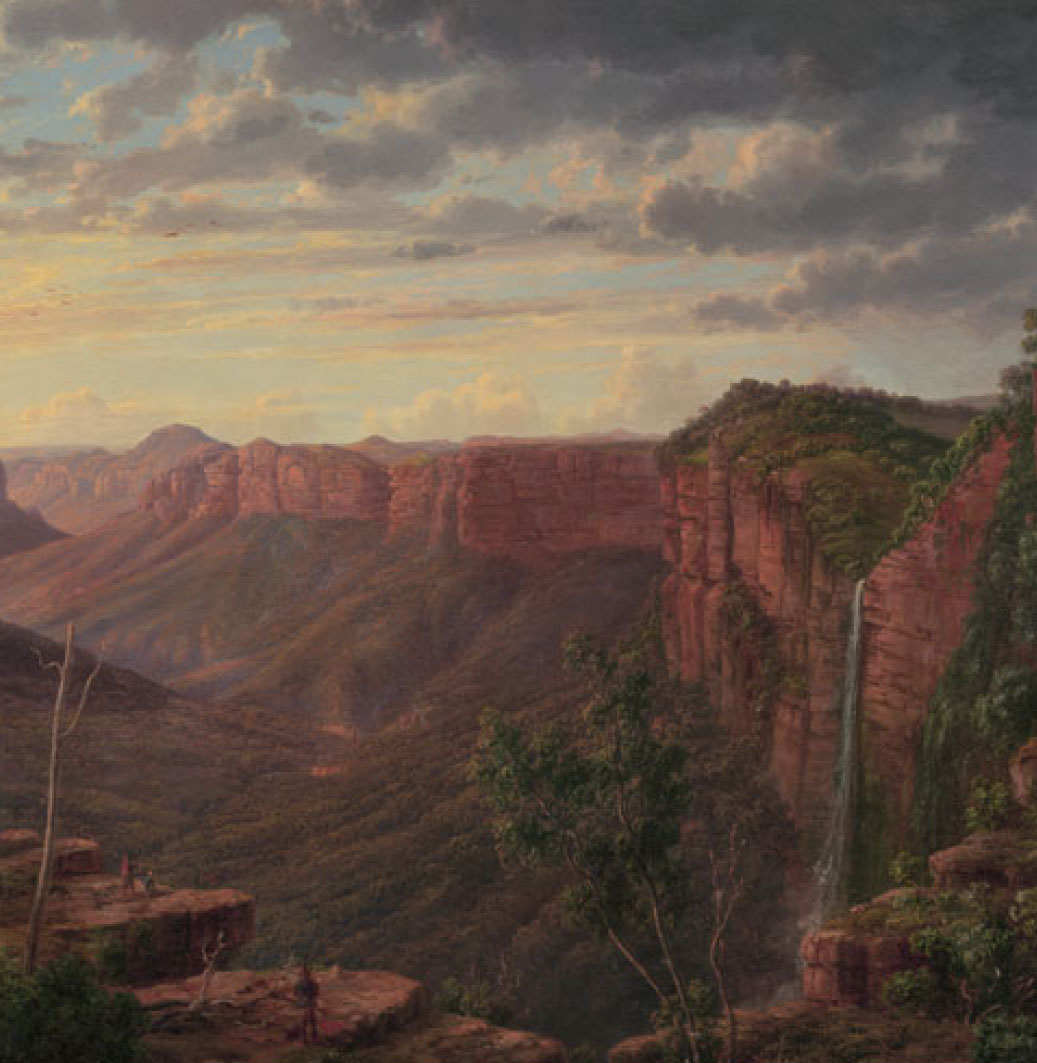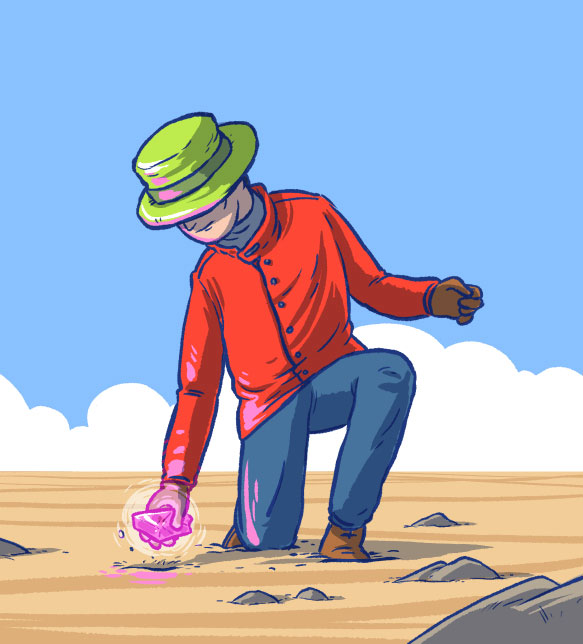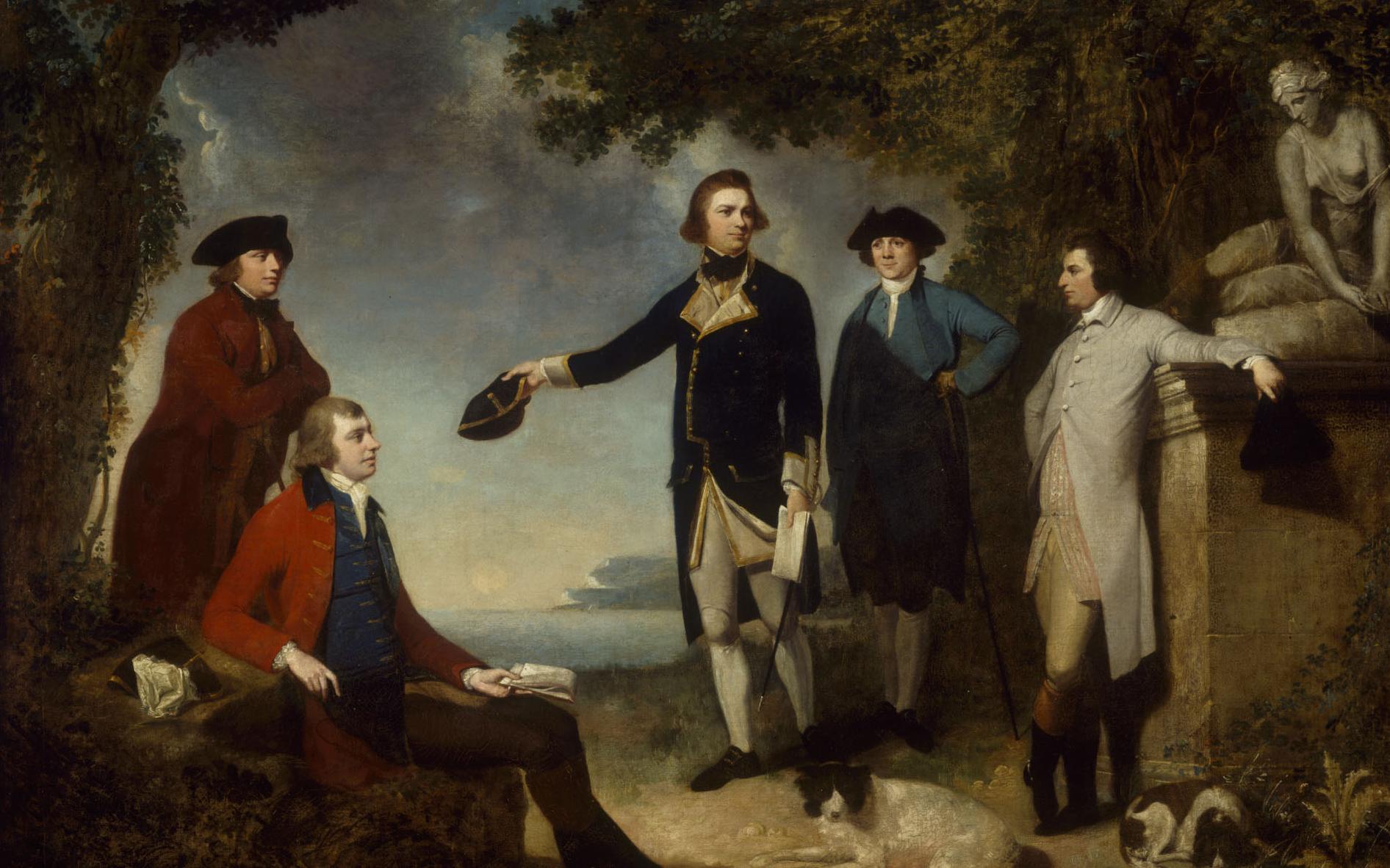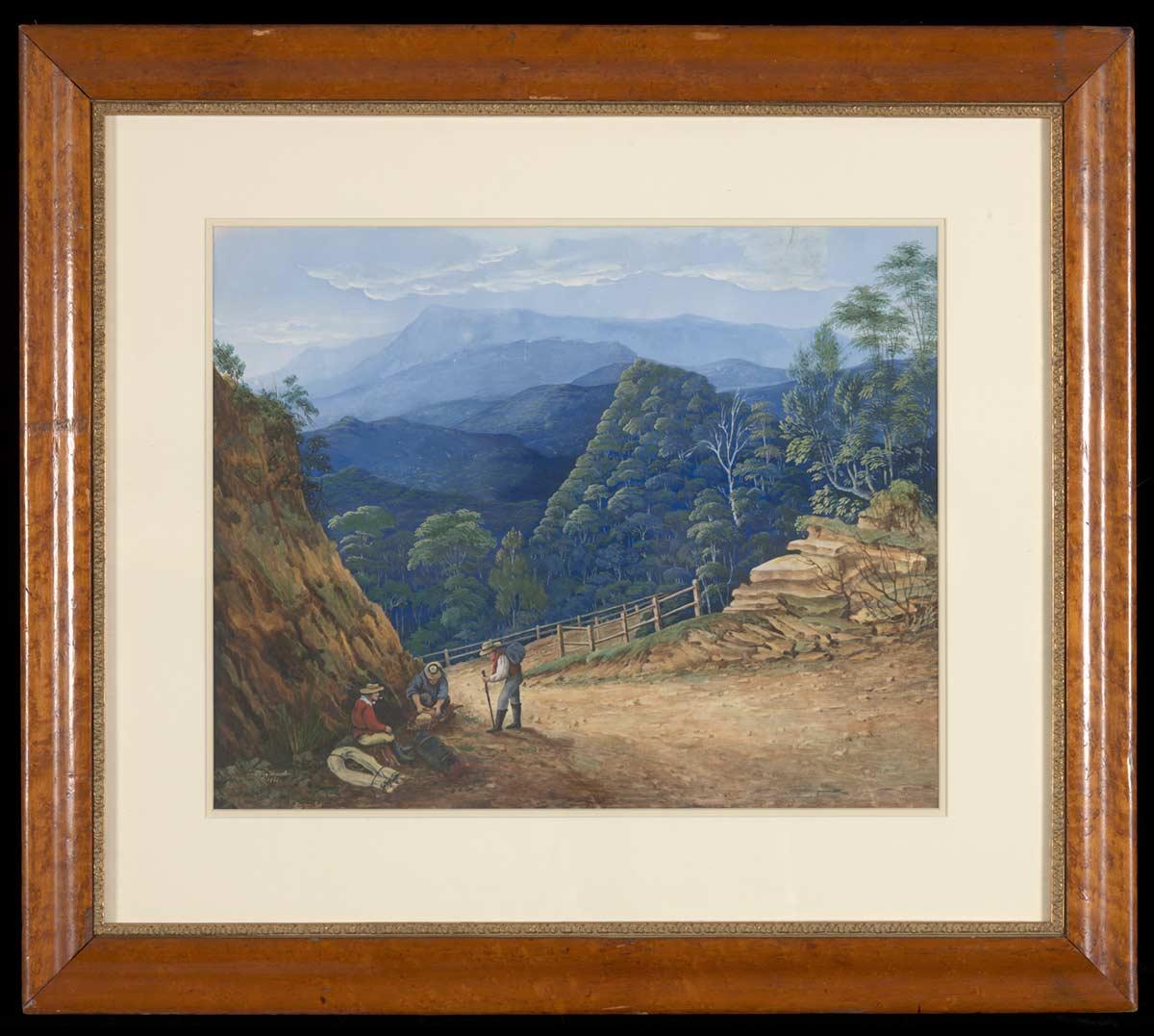Mapping the continent
1801–03: Matthew Flinders leads voyage circumnavigating the continent he names ‘Australia’
Mapping the continent
1801–03: Matthew Flinders leads voyage circumnavigating the continent he names ‘Australia’
In a snapshot
British navigator Matthew Flinders led the first voyage to circumnavigate Australia. The maps he created were the most accurate available at the time and included large areas of coastline previously unknown to Europeans. Flinders proved that Australia was a single continent. By using the name ‘Australia’ in his maps and writings, he helped the name become popular.
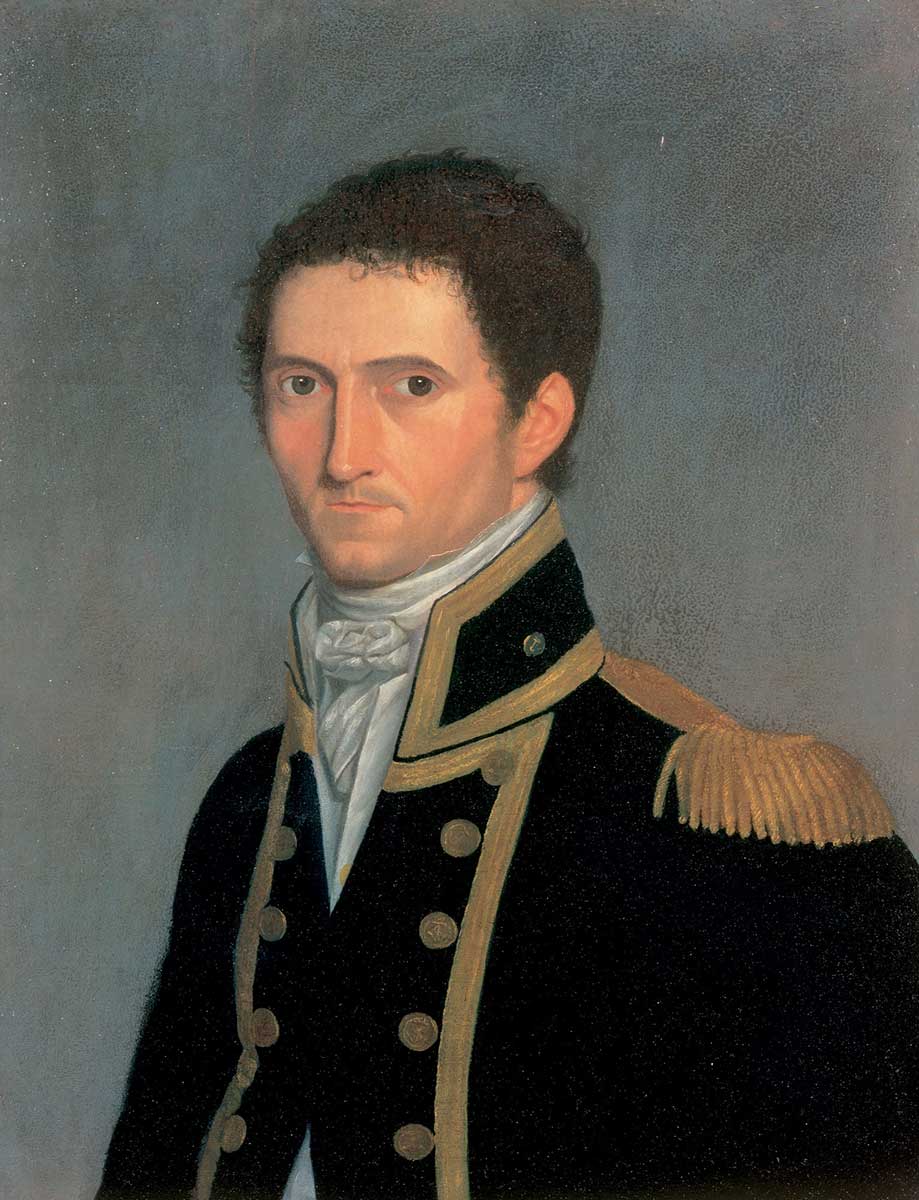
 Can you find out?
Can you find out?
1. What did Flinders’ circumnavigation of Australia prove?
2. What problems did Flinders face on his journey?
3. What role did First Nations people play in the circumnavigation?
Why did Flinders circumnavigate Australia?
During the British colonisation of Australia, many people wondered if New Holland (western Australia) and New South Wales (eastern Australia) were part of the same continent. Dutch voyagers had created maps of the western coast in the 1600s, but it still wasn’t clear whether the two areas formed one continent.
Matthew Flinders was an English sailor who was given money by the British Government to circumnavigate the continent. Flinders had already explored much of Australia’s eastern coast, including circumnavigating Van Diemen’s Land (Tasmania) in 1798.
Research task
Examine the anchor of the Investigator held at the National Museum of Australia. How was this anchor discovered? Why was it such an important find?
‘Had I permitted myself any innovation upon the original term Terra Australis, it would have been to convert it into Australia; as being more agreeable to the ear, and as an assimilation to the names of the other great portions of the earth.’
Flinders in Voyage to Terra Australis, 1814
What happened on the journey?
On 18 July 1801 Flinders and his crew set sail from England on a ship called the Investigator. Less than six months later they arrived at Point Leeuwin, Australia’s south-western tip. From there they sailed east, exploring Fowler Bay, Kangaroo Island, the Spencer Gulf and Gulf St Vincent.
Flinders then set sail for Sydney, where he stayed for two months to repair his ship and let his crew rest. In Sydney, Flinders invited Garigal man Bungaree and Gadigal man Nanbaree on board. During the voyage north, Nanbaree returned to Sydney, but Bungaree remained and helped Flinders when he went ashore to meet First Nations peoples.
Research task
Find out what you can about Trim the cat and what Flinders said about him after his voyage around Australia.
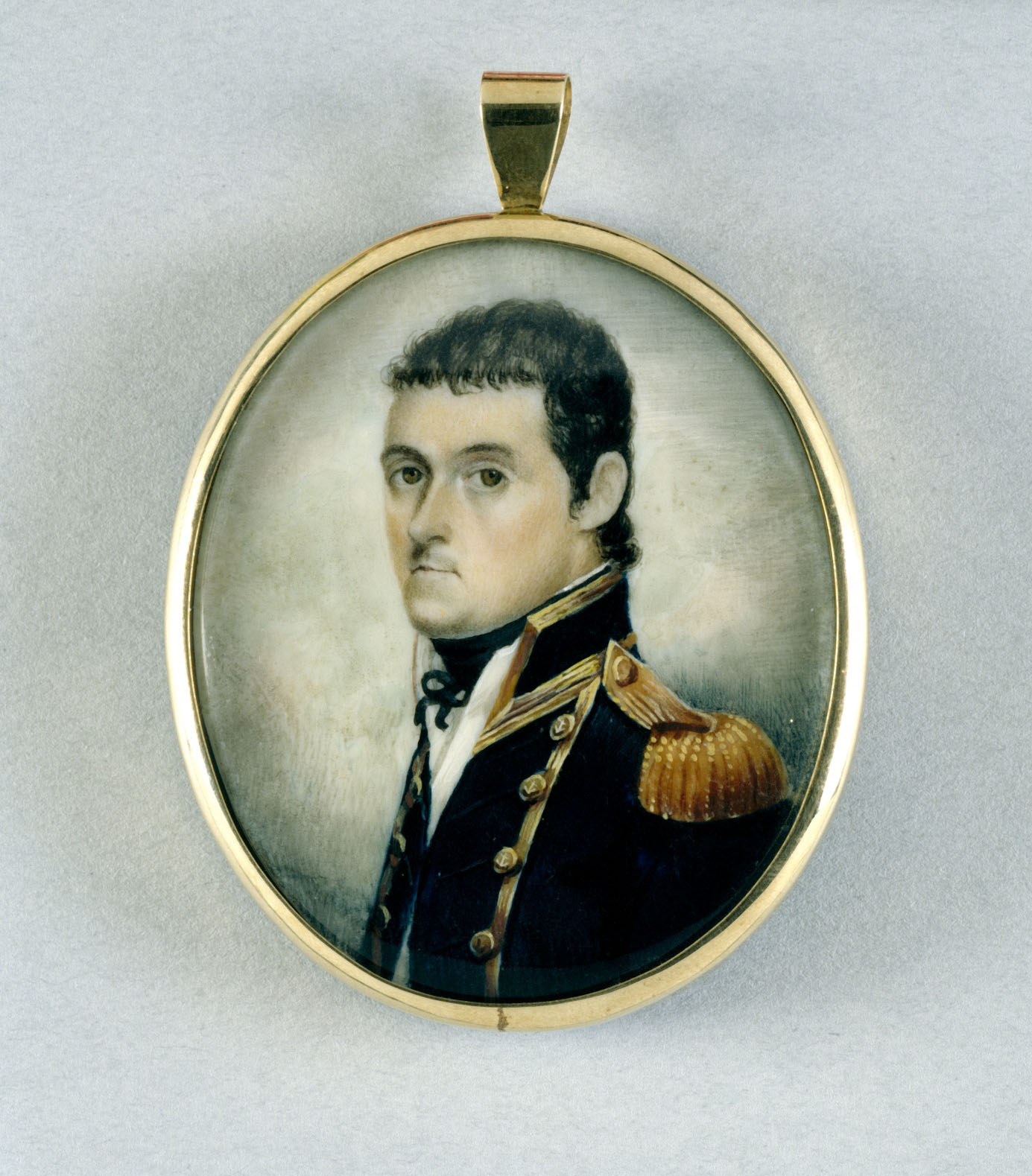
Flinders and his crew travelled north from Sydney. Flinders carefully mapped the southern Queensland coast then passed through the Torres Strait into the Gulf of Carpentaria. There the Investigator started to leak and rot. Because of this, Flinders had to finish the rest of his circumnavigation quickly. This meant that he couldn’t map the west coast in detail.
By the time he returned to Sydney on 9 June 1803, several of Flinders’ crew had died from scurvy and dysentery.
Flinders, Bungaree and the Investigator’s crew were the first people to circumnavigate the entire continent.
How did Flinders help to name the continent?
After the circumnavigation Flinders wrote a book about his journey called A Voyage to Terra Australis. He also shared his new map of the Australian coastline. His map proved that Australia was a single continent.
Flinders believed that this continent needed a new name. He labelled his map ‘A chart of Terra Australis or Australia’ and wrote in his book that he preferred the name ‘Australia’. After reading Flinders’ book, the Governor of New South Wales, Lachlan Macquarie, also began using the name ‘Australia’. Britain officially called the continent Australia in 1824 and the name has been used ever since.
Read a longer version of this Defining Moment on the National Museum of Australia’s website.
Research task
Read the first part of the interview with Pip McNaught, a National Museum of Australia curator. Who was Flinders’ rival, and why did they hate each other so much?
 What did you learn?
What did you learn?
1. What did Flinders’ circumnavigation of Australia prove?
2. What problems did Flinders face on his journey?
3. What role did First Nations people play in the circumnavigation?






